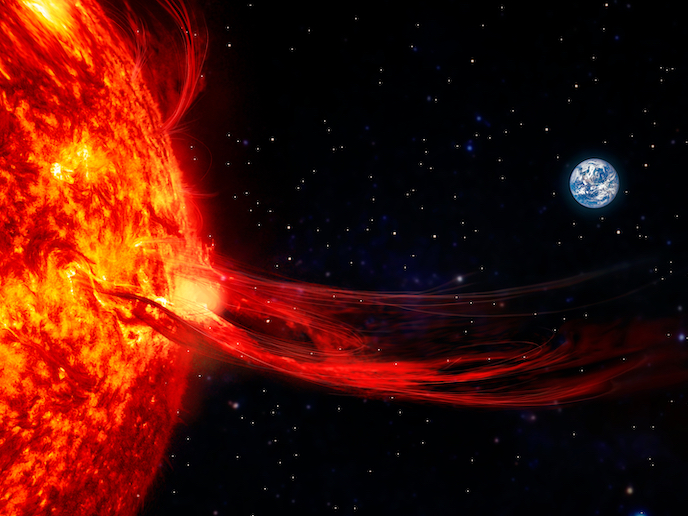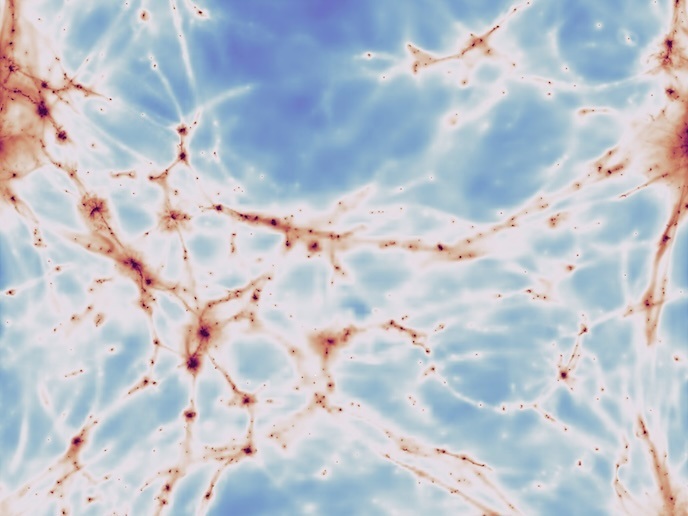New modelling promises accurate future space weather forecasts
The Sun is constantly emitting an endless stream of plasma, or charged particles, into space along with light. This solar wind(opens in new window) interacts with Earth’s magnetic field(opens in new window), causing space storms. “Just as we are concerned with extreme weather on Earth, we are also increasingly concerned about extreme weather in space,” explains PRESTISSIMO(opens in new window) project coordinator Minna Palmroth from the University of Helsinki(opens in new window) in Finland. “The number of satellite launches has increased exponentially in the last few years. Just as shipping operators need to know about weather conditions out at sea, so satellite operators need to know about space weather, to protect their assets.” Our society has become ever more dependent on space technology, and therefore more susceptible to space weather taking place some 100 km and higher above the ground. All radio signals used by aircraft, satellites, mobile phones and radar systems etc. can be affected by space storms.
Predicting space weather
Despite the growing impact of space weather on our lives, our knowledge of what happens above our atmosphere has to date been limited. Terrestrial weather, which takes place in a layer about 10 km thick around our planet, is monitored by millions of weather stations and devices. There is nothing like this coverage for space weather, which occupies a volume many millions of times bigger. As a result, building up an accurate picture of space weather has relied on computer modelling. “As a postdoc in the early 2000s, I was frustrated that even state-of-the-art modelling was not that accurate,” remarks Palmroth. “We could show how the planet’s magnetic field diverts the solar wind stream past us, similarly to a rock diverting the water in a stream, but we were still unable to answer many fundamental questions.” In 2007, Palmroth received a European Research Council(opens in new window) (ERC) grant to create a new cutting-edge modelling tool. This became the Vlasiator simulator, which was developed in anticipation of the calculative power of modern supercomputers.
Multidimensional space
The first version of Vlasiator was completed in 2012. The PRESTISSIMO project, launched in 2016 and also funded by the ERC, was designed to further increase the capacity of this modelling tool, in order to better visualise the dynamics of space weather. As a result, Vlasiator is now capable not only of locating the positioning of particles, but also of charting their speed and direction of movement through three-dimensional space. Such accuracy has given Palmroth the opportunity to fully examine complex phenomena in space weather. This includes the magnetotail(opens in new window) generated by the magnetic field on the dark side of Earth. This breaks off around once per day, and floats out into space. The dynamics of why the magnetotail breaks has remained a source of academic controversy for half a century. “Thanks to our model, we have been able to explain exactly why this happens,” adds Palmroth. We’ll have to wait a little longer to find out the answer however, as the results will first have to be published in a peer-reviewed journal.
Accurate satellite modelling
Accurate space weather modelling will be of huge benefit to the many industries reliant in some way on satellites and radio waves. These advances will also likely expand our understanding of the universe; Palmroth predicts that many of the processes currently being modelled could hold true for other planets and even stars. “The model simulator is now ready,” says Palmroth. “For scientists, I think this could potentially be groundbreaking.”







